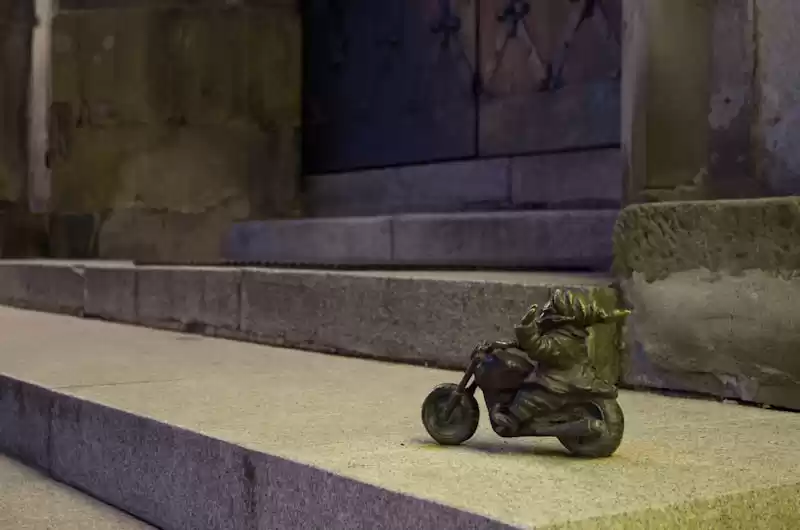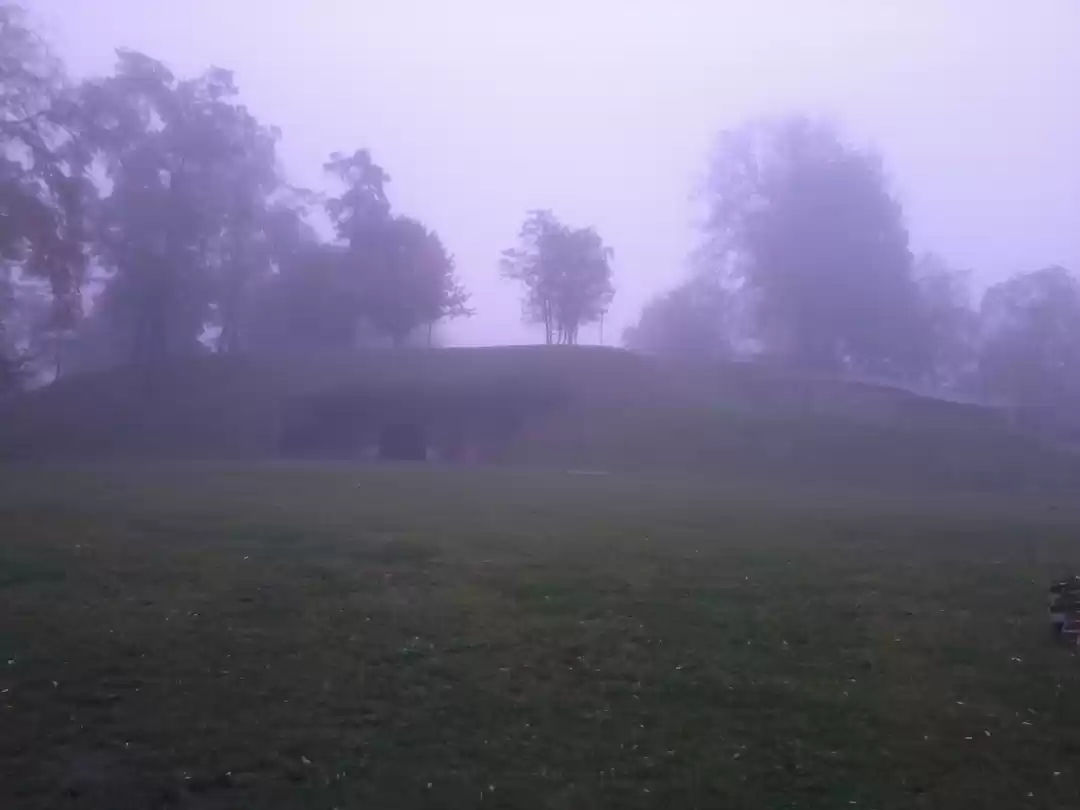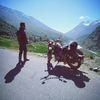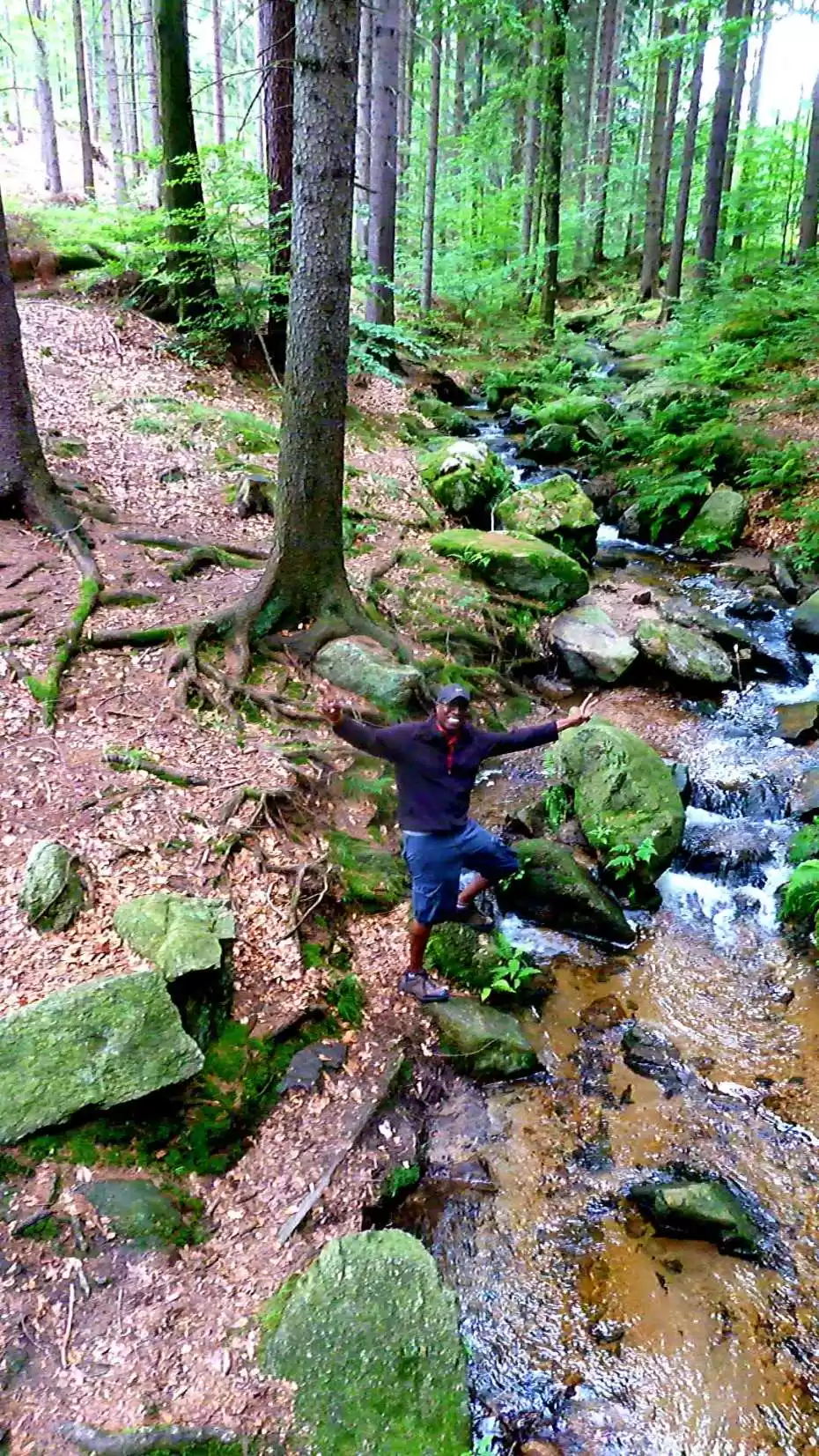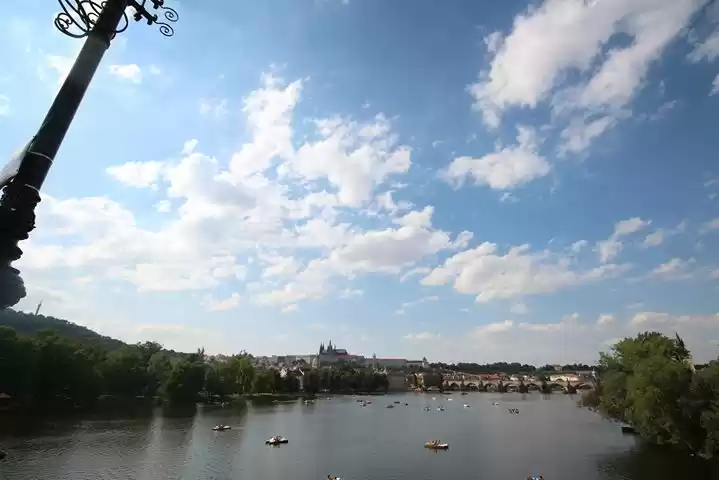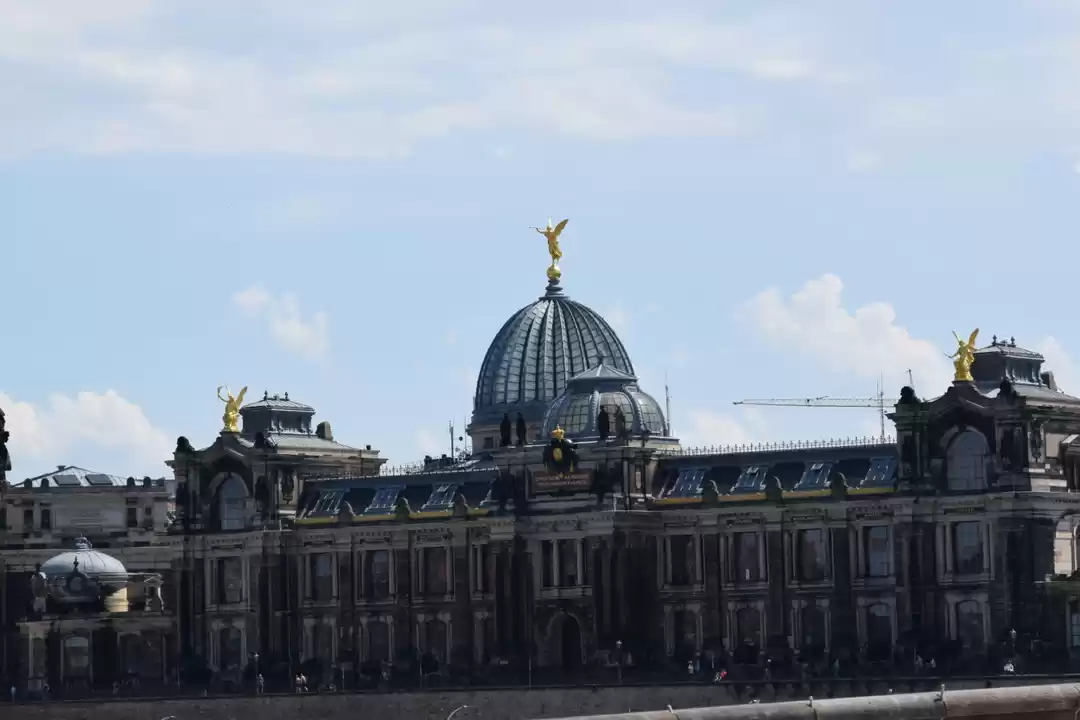Wroclaw Tourism and Travel Guide
Wrocław (/ˈvrɒtswəf/; Polish pronunciation: [ˈvrɔt͡swaf], German: Breslau) is the largest city in western Poland. It is on the River Oder in the Silesian Lowlands of Central Europe, roughly 350 kilometres (220 mi) from the Baltic Sea to the north and 40 kilometres (25 mi) from the Sudeten Mountains to the south. Wrocław is the historical capital of Silesia and Lower Silesia. Today, it is the capital of the Lower Silesian Voivodeship. At various times in history, it has been part of the Kingdom of Poland, Bohemia, Hungary, the Austrian Empire, Prussia, and Germany. It became part of Poland in 1945, as a result of the border changes after the Second World War. The population of Wrocław in 2014 was 634 487, making it the fourth-largest city in Poland. Wrocław classified as a global city by GaWC, with the ranking of high sufficiency and living standard. Wrocław was among 230 cities in the world in the ranking of the consulting company Mercer - 'Best City to Live' in 2015 and the only Polish city in this ranking has been recognized as a city growing at the business center. Wrocław is the only Polish city in the top ten places to visit in the ranking of the British newspaper The Guardian. In 2016, the city will be the European Capital of Culture and the World Book Capital. Also, Wrocław will host the Theatre Olympics, World Bridge Games and the European Film Awards in 2016, IFLA Annual Conference and World Games in 2017.
Trips and Itineraries for Wroclaw
trip
Poland visited again and again – Wrocław
If I'd been told I would travel to Poland three times in just over a year I wouldn't have believe...
9.1k Views
day tripsShoppingHistory & Architecturecity travels
